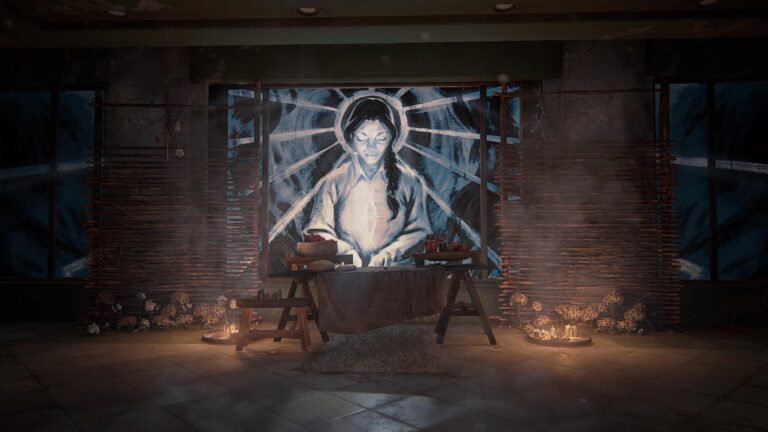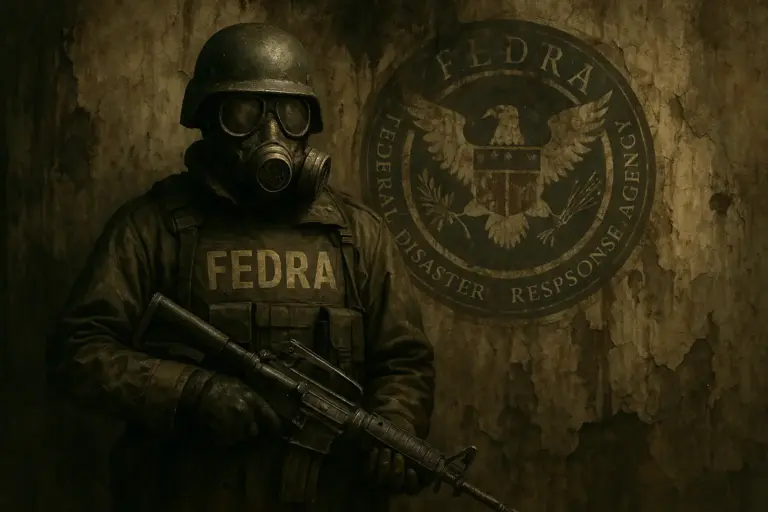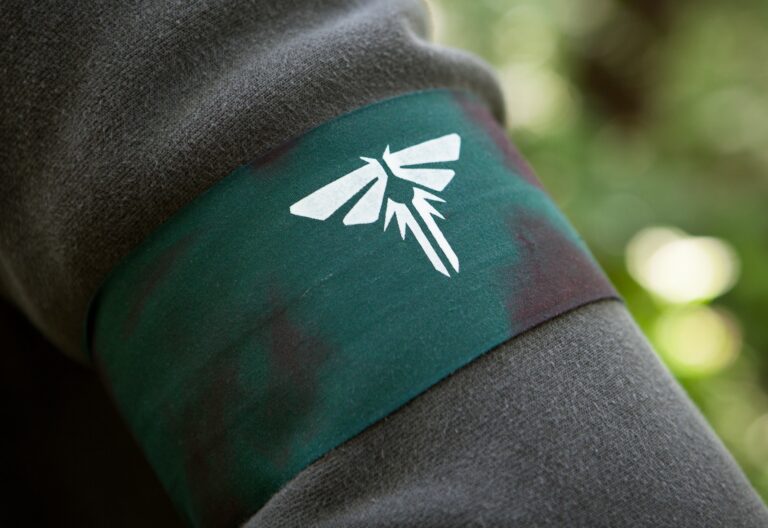If you thought the world of The Last of Us couldn’t get trickier, season 3 is definitely about to test that theory. Ready to take off the training wheels? Good. Because two brand-new, full-throttle factions are racing into the mix: the Washington Liberation Front — let’s just call them the Wolves for short — and the Seraphites, whom pretty much everyone calls the Scars (and not in a warm, fuzzy way). With new faces like Lev, Yara, and the rock-steady Isaac Dixon taking center stage, the show’s narrative map is getting bigger, grittier, and a whole lot more complicated.
Let’s walk through this wild new territory together.
Who Let the Wolves Out? (And Where Did They Come From?)
So, picture Seattle after the outbreak. The city’s gone feral. But even among the shreds of civilization, something powerful starts to stir. The WLF — Washington Liberation Front if you want to impress anyone at a trivia night — tips the scales. These folks aren’t regular freedom fighters. No, sir. They are ex-FEDRA soldiers, angry local citizens, and tough survivors, all banded together under the iron grip of Isaac Dixon. Jeffrey Wright is reprising this role, and you better buckle up, because Isaac is all business and zero patience.
Here’s what sets the Wolves apart from your average post-apocalypse squad:
- They booted FEDRA out of Seattle with a blood-soaked rebellion.
- Their headquarters? Soundview Stadium. Think less “football Sundays,” more “armed militia base camp.”
- They’re deadly organized, running drills, stockpiling weapons, and even managing their own crops and livestock inside their fortress.
The Wolves — guess what — aren’t exactly fluffy. Isaac rules by loyalty but doesn’t hesitate to flex that ruthlessness. The man uses torture against enemies (especially the Seraphites) as a matter of daily routine. Isaac’s willingness to push boundaries will keep viewers guessing — is his brand of survival righteous, or is it the birth of a new tyranny? That’s the crux, and it’s going to echo loudly in season 3 (screenrant.com).
Here Come the Scars: Religion, Ritual, and Whistling in the Dark
Now let’s spin the globe and land right on the Seraphites — known to outsiders (and, frankly, enemies) as the Scars. Living mostly off the grid, they carve up Seattle’s forgotten urban wilds, shunning technology and worshiping a mysterious Prophet.
So, what’s their deal? In their eyes, the end of the world is a sign from above. The way forward? Drop everything “old world”—phones, guns, science, the whole shebang. Embrace silence, return to nature, and communicate with coded whistles. Oh, and don’t forget: mark your face with a deep scar to show loyalty. Subtlety is not their thing.
These are their defining traits:
- Organized by religious ritual, yet fiercely territorial.
- Marked by vertical facial scars, signaling devotion.
- Run by shadowy leaders, obsessed with their late Prophet’s teachings.
- Use oversized hammers, bows, and makeshift armor.
The Seraphites are not your garden-variety cult. Their fight isn’t just survival — it’s about purifying Seattle from the sins of the past. Their escalating war with the Wolves? Yeah, it’s about ideology as much as turf (screenrant.com).
Lev and Yara: Sibling Rebels with a Cause
Things get personal when Lev and Yara crash onto the scene. These siblings start out faithful Seraphites. At least, that’s the intention. But Lev’s decision to live as a boy lands him and Yara directly in the crosshairs of their own people.
Lev and Yara end up running. It’s a flight for their lives, full of tension, heartbreak, and tough choices. Through them, The Last of Us explores questions about tradition, acceptance, and self-identity amid all the madness. Their journey will eventually link with Abby’s, giving viewers a break from the black-and-white — because life between the Wolves and Scars is nothing but grey (en.wikipedia.org).
Why do we care? Simple. Lev and Yara are about to take us deeper into the raw nerve endings of the Seraphite culture. No other characters are so close to the pain, the stakes, and the contradictions. Their struggle makes season 3 personal, not just political.
Isaac Dixon: The Wolf Pack’s Leader Holds the Line
Let’s circle back to Isaac Dixon for a second, because, honestly, he’s pivotal. Isaac’s backstory got only the briefest flashes in season 2, but he’s moving front and center now. He started as a FEDRA sergeant. When he saw too much corruption and not enough hope, he bailed — then rose to rally Seattle’s rebels under the WLF banner.
Isaac isn’t the mustache-twirling type. He leads from the front, not the back room. He builds discipline, sets hard rules, and lays down hard justice. Prisoners? Gotta get answers. Enemy spies? Deal with them, no matter the method. Season 3 will drag us deeper into his world: torn between holding the Wolves together and keeping their humanity alive (en.wikipedia.org).
For the audience, Isaac embodies the ultimate balancing act — stability bought at the price of brutality. The showrunners have said we’ll see more of his philosophy, his flashbacks, and maybe even some regret.
WLF vs. Seraphites: Two Roads, One Battlefield
Let’s not kid ourselves — the real star isn’t just the people, it’s the war. The Wolves want order and efficiency. The Scars crave purification via faith and ritual. At every border, these two worlds smash into each other.
Look out for:
- Epic raids on outposts and stadium strongholds.
- Ambushes in Seattle’s overgrown streets.
- Prisoners caught and used as pawns.
- Weaponized propaganda (as if the old world never died).
- A cycle of violence pulling innocents into the crossfire.
The showrunner, Craig Mazin, teased recently that both factions will push main characters to their breaking points. As Joel and Ellie watch this power struggle up close, old notions of “hero” and “villain” start to fray. Is anyone truly right here? Or just less wrong? The series refuses to tidy up answers (thelastofus.tv).
A Bigger, Wilder World — Like You’ve Never Seen Before
Introducing the Wolves and the Seraphites does more than stir up trouble. It blows up the map. We’re not just getting bigger set pieces — though those are coming, trust me. We’re diving into harder questions about how to rebuild after the end. What do power, faith, and loyalty even mean when the world’s reset button just got smashed with a hammer?
Expect the ripple effects to go everywhere:
- Abby’s moral journey? It’s tangled up in both factions — she fights for the Wolves but learns from Lev.
- Alliances shift. Survival isn’t just about guns or grit anymore; now it’s about what you believe, and how far you’ll bend.
- Seattle becomes a living beast, every street dappled with secrets, every rooftop hiding threats and promises.
And that’s before we even delve into how Lev and Yara’s struggle for acceptance — inside and outside the Scars — throws gasoline on every fire.
Approaching Storms, No Umbrella Needed
So, what’s next? The Wolves stalk the ruined stadium, rifles polished, codes memorized. The Seraphites melt through the shadows, praying for a broken world to heal. Inside these warring tribes, the lines between right and wrong already start to blur.
Lev, Yara, and Isaac tear open new questions and new wounds. The city they fight for is just a reflection of the choices everyone has to make. Some will survive. Some will lose everything. Nobody, not even the most battle-hardened, will make it through unscarred.
With season 3, The Last of Us invites us not just to watch— but to pick a side, if we dare. Or maybe to just realize, at the end of the day, sides are the one thing no one can keep forever.
Buckle up, grab your best whistle, and don’t stare too long at the scars. The next chapter is about to knock.




